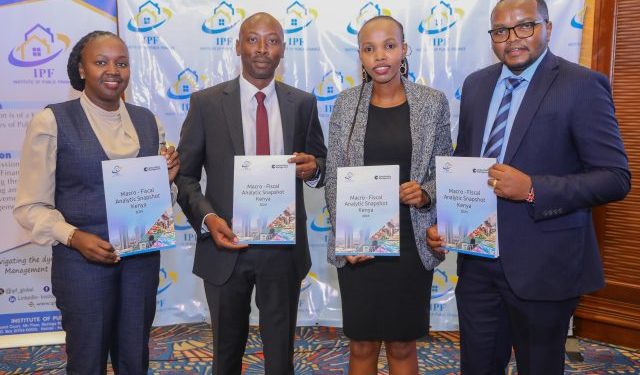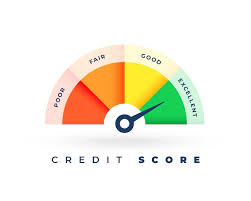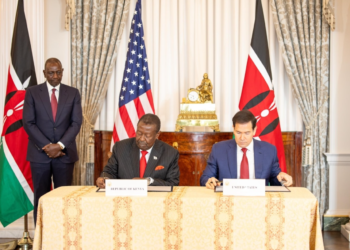Kenya faces the potential of falling short of its medium-term economic growth goals due to elevated debt distress and a worsening macroeconomic environment. The Institute of Public Finance’s recent Macro Fiscal Analytical Snapshot Report highlights the challenging situation, attributing it to a pattern of continuous borrowing over the years.
Additionally, the private sector’s incapacity to generate an ample number of jobs for the increasing annual influx of young individuals into the workforce contributes to the country’s predicament.
The report highlights that from 2014 onwards, the consistent presence of substantial fiscal deficits has led to a rapid increase in public debt, currently reaching 70% of the GDP.
The recent decline of the Kenyan shilling in comparison to the US dollar indicates a deterioration in the country’s economic prospects. Furthermore, the elevated risk of debt distress as highlighted by the IMF poses challenges in effectively managing external debt servicing.
IPF CEO James Muraguri noted that for Kenya to maintain robust economic growth, it must put in place the necessary fiscal levers to promote faster private-sector-driven growth.
“Revenue optimism has been a persistent problem in Kenya for several years which in the past has tended to result in higher-than-planned fiscal deficits financed by additional borrowing. More recently, rising global interest rates and a subsequent decline in inward foreign investments have caused the Kenyan shilling to depreciate steeply, significantly increasing the cost of external debt servicing and further putting pressure on Kenya’s foreign exchange reserves,” Mr. Muraguri noted.
Kenya’s ratio of external debt service to exports exceeds the sustainable threshold set by the IMF for a country of its kind. Even if the IMF were to reclassify Kenya with a “high” debt-carrying capacity, it would still be in violation of the upper limit until at least 2027.
Despite the government’s efforts in fiscal consolidation in the past two years, mainly through expenditure adjustments, revenue levels have not fully recovered to their pre-pandemic levels. The decline in revenue mobilization during the 2019/20 period was a direct result of measures taken to alleviate the tax burden on businesses amid the pandemic.
Even though several reforms have been implemented, the government’s income has been slow to bounce back to pre-pandemic levels, falling behind initial expectations.
In terms of spending, the efforts to control the budget in the past two years have resulted in a decrease in the amount of money spent per person, affecting development projects and financial support to local regions.
Counties heavily rely on national fiscal grants, constituting 91% of expenditures, with limited own-source revenue (OSR) at 9%.
While the government expects expenditure to rise, particularly in debt interest and development spending, this is contingent on revenue performance. The evolving fiscal dynamics emphasize the delicate balance between managing debt vulnerabilities, revenue generation, and maintaining service delivery.
The national and county fiscal situations demand a comprehensive strategy to tackle revenue gaps, manage spending, and promote economic resilience. Navigating a challenging economic environment, it is crucial for Kenya to maintain strong growth and effectively handle fiscal issues.
The government’s dedication to fiscal consolidation and the mitigation of domestic and external risks will play a pivotal role in shaping Kenya’s economic trajectory.


















